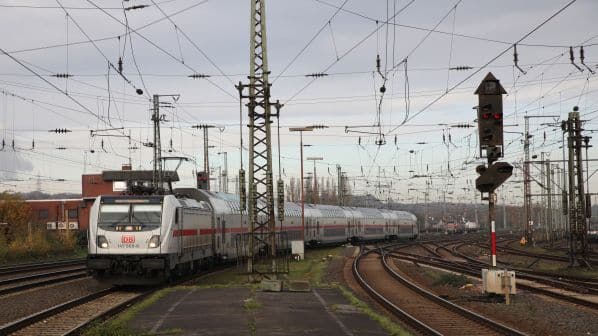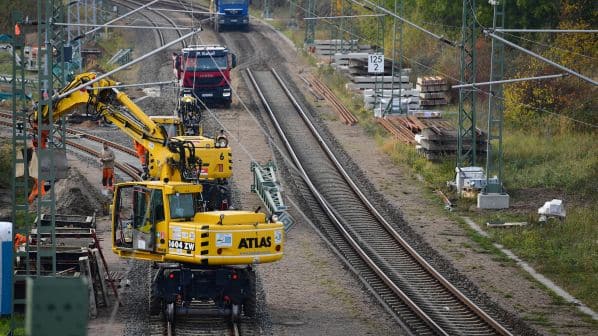GERMANY’S rail network has deteriorated year-on-year according to the Rail Network Condition report published this month by newly restructured and renamed infrastructure manager DB InfraGO (DB IG).
And the report adds that overall replacement cost of the German rail network has soared by 75% as a result of massive cost inflation seen in the construction sector since the Covid-19 pandemic, exacerbated by the impact of Russia’s invasion of Ukraine.
The report, which sets out the condition of the network in 2022 compared with the year before, uses existing asset condition data and is similar to earlier reports by previous infrastructure manager DB Network.
The key finding is that the condition of the 33,000km network deteriorated in 2022 and has “worsened over the past few years.” The report uses a grading system where 1 is ‘brand new’, 4 is ‘poor’ and 5 is ‘inadequate’. Overall, the network has been assessed as scoring 3.01 in 2022, down from 2.93 in 2021.
Geographic analysis shows that the rail network in the former West Germany is now in poorer condition than the network remaining in use (after many rural lines were closed) in the former East Germany. Extensive renovation of main lines in the former East Germany has been undertaken as a priority in the three decades since German reunification.
New lines such as the Ebensfeld - Erfurt - Leipzig high-speed line which opened between 2015 and 2019 are rated with a ‘very good’ score of 1.76. However, major routes through the Ruhr region, between Hamburg and Hannover and between Regensburg and Passau, all used extensively each day by both long-distance/high-speed passenger services and freight trains are all highlighted as being in ‘poor’ condition.
The report stresses that the aim of DB IG is to reverse the overall downward trend, especially on the most heavily-used parts of the network. Its focus, agreed with the German government, is to upgrade the sections rated ‘poor’ or worse by 2030, especially on designated priority corridors.
Huge cost inflation
However, the recently announced shortfall in federal funding for rail projects could make this difficult to achieve, particularly at a time when construction costs are rocketing. In the report DB IG calculates that the overall replacement cost of the German rail network is €555.8 bn, a massive increase of 75% in 12 months when compared with a cost of €317.2bn in 2021.
The report says that a total of €90.3bn in addition to normal maintenance and renewal funding is now required to remove assets and equipment from categories 4 (‘poor’, €65.8 bn) and 5 (‘inadequate’, €22.9bn). The key areas requiring investment are: bridges, signalling, points and OHLE renewals.
For detailed data on rail infrastructure spending around the world, subscribe to IRJ Pro.


